In a world often dominated by stories of conflict and survival of the fittest, there exists a quieter, more heartwarming narrative—the unexpected friendships that form between different species. These bonds, defying the natural order of predator and prey, remind us that compassion and connection transcend biological boundaries. From the African savannah to suburban backyards, animals have repeatedly shown us that friendship knows no species.
The Unlikely Duo: Owen the Hippo and Mzee the Tortoise
One of the most famous examples of cross-species friendship began in the wake of the 2004 Indian Ocean tsunami. A baby hippopotamus named Owen was orphaned by the disaster and washed ashore near Malindi, Kenya. Rescuers brought him to Haller Park wildlife sanctuary, where he immediately bonded with a 130-year-old Aldabra giant tortoise named Mzee. Against all expectations, the two became inseparable. Owen followed Mzee everywhere, nuzzling against his wrinkled neck and sleeping beside him at night. The tortoise, typically solitary, seemed to welcome the companionship. Their bond was so profound that it inspired children's books and scientific studies about interspecies relationships.
Science Behind the Friendship
Researchers studying these unusual relationships suggest that young animals deprived of their mothers often imprint on other creatures who show them care. This phenomenon, known as "cross-species imprinting," explains many documented cases of orphaned animals bonding with different species. However, what continues to surprise scientists is the reciprocal nature of these relationships—the "adopted" species frequently returns the affection rather than merely tolerating the young animal. Neurobiological studies have shown that the same hormones involved in human bonding, particularly oxytocin, play a role in these interspecies connections.
Dogs and Their Unconventional Best Friends
Perhaps no domestic animal has shown more capacity for cross-species friendship than dogs. Countless stories exist of dogs nurturing everything from tiger cubs to ducklings. At the Safe Haven Wildlife Sanctuary in Nevada, a golden retriever named Riley became surrogate mother to four cheetah cubs rejected by their mother. The dog's calm demeanor helped the nervous cubs learn social skills they would need later in life. Similarly, in Florida, a Labrador named Cash formed an inseparable bond with a blind deer named Buck. The two would eat, sleep, and explore together, with Cash gently guiding his friend through their shared environment.
Predator and Prey: Defying Natural Instincts
Some of the most remarkable interspecies friendships occur between natural adversaries. At a wildlife rehabilitation center in South Africa, a leopard named Salati made headlines when he befriended a bushbaby named Moyo. Normally, the tiny primate would be prey for the big cat, but Salati showed only gentleness toward his small companion. Similarly, in a German zoo, a rat named Karl found an unusual protector in a lynx named Matus. The rat would curl up against the lynx's fur during cold nights, and the predator would carefully groom his tiny friend. These relationships challenge our understanding of animal behavior and suggest that individual personalities play a significant role in forming bonds.
Marine Miracles: Dolphins and Their Friends
The ocean provides equally astonishing examples of interspecies friendship. Off the coast of Hawaii, a bottlenose dolphin named Kiko adopted a melon-headed whale calf after its pod disappeared. For three years, Kiko protected and played with the young whale until it was mature enough to join a new pod. Even more extraordinary is the case of a humpback whale that appeared to be protecting a marine biologist from a nearby tiger shark, circling the diver for nearly an hour until the threat passed. Such behavior indicates that marine mammals may possess advanced capacities for empathy and altruism.
Urban Wildlife Friendships
Interspecies friendships aren't limited to wilderness areas or sanctuaries. In cities around the world, unexpected animal companions prove that friendship can flourish anywhere. A crow named Canuck and a house cat named Mango became famous in Vancouver for their daily meetings in a neighborhood park. The crow would bring shiny objects to the cat, who in turn shared bits of food. Similarly, in Moscow, a stray dog named Dasha was observed regularly visiting a local zoo's wolf enclosure, where she developed a close relationship with one of the wolves through the fence.
The Healing Power of Animal Friendships
Beyond their scientific interest, these relationships offer profound lessons about coexistence and compassion. Wildlife rehabilitators increasingly use cross-species companionship to help traumatized animals recover. At the Chengdu Panda Base in China, red panda cubs struggling to adapt are paired with confident golden retriever puppies. The dogs' playful nature helps the shy pandas develop social skills. Similarly, elephant sanctuaries in Thailand have found that dogs can help orphaned calves overcome grief by providing constant companionship and affection.
Perhaps what makes these stories so compelling is that they mirror our own human experiences of friendship—the joy of connection, the comfort of companionship, and the willingness to look beyond surface differences. In a divided world, animal friendships remind us of the fundamental bonds that can unite all living creatures.
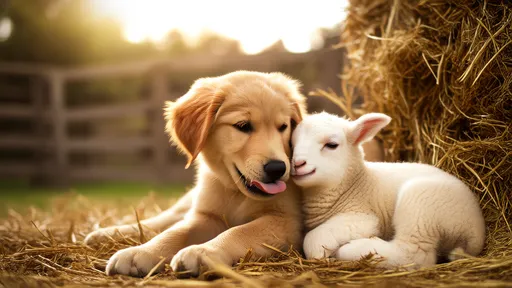
By /Aug 4, 2025
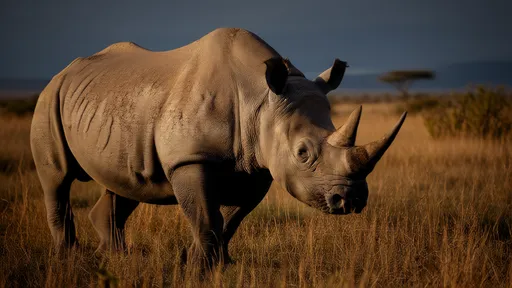
By /Aug 4, 2025
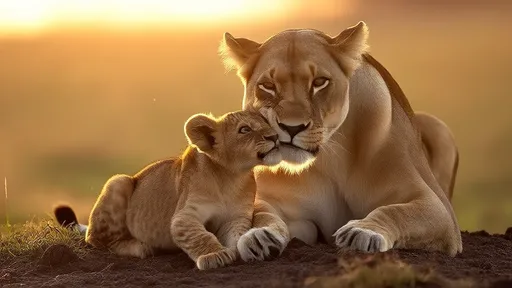
By /Aug 4, 2025
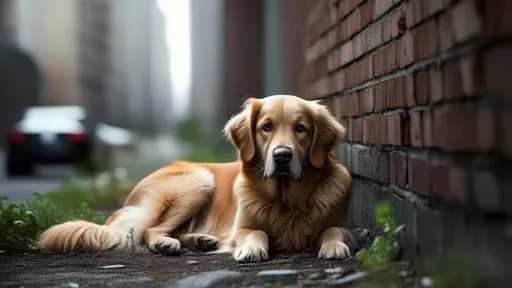
By /Aug 4, 2025

By /Aug 4, 2025
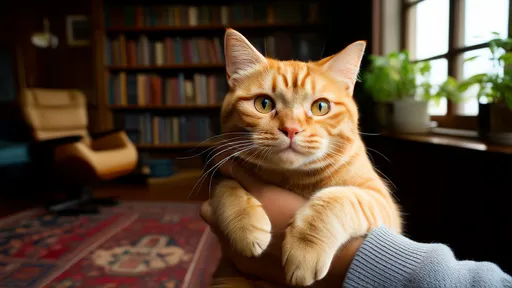
By /Aug 4, 2025
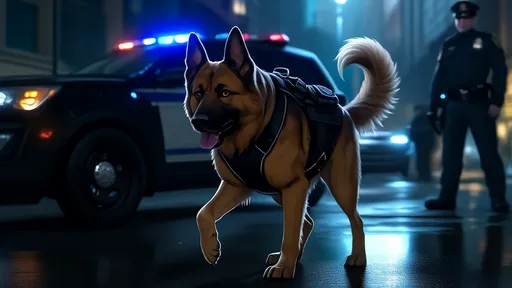
By /Aug 4, 2025
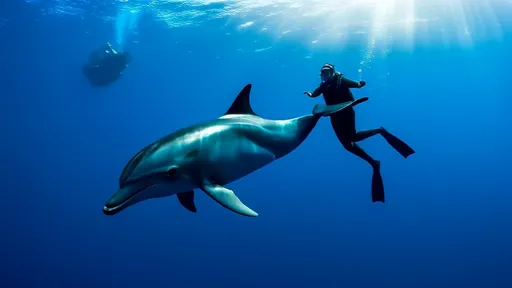
By /Aug 4, 2025
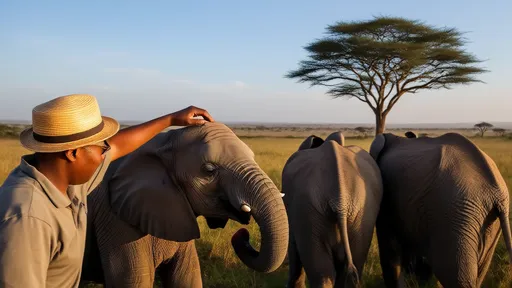
By /Aug 4, 2025

By /Aug 4, 2025
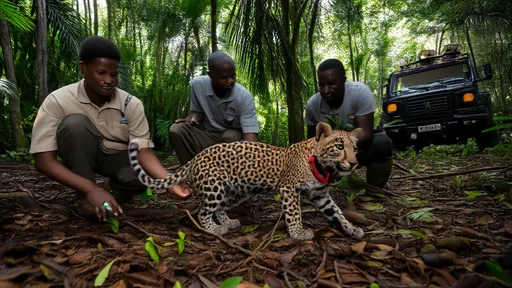
By /Aug 4, 2025

By /Aug 4, 2025
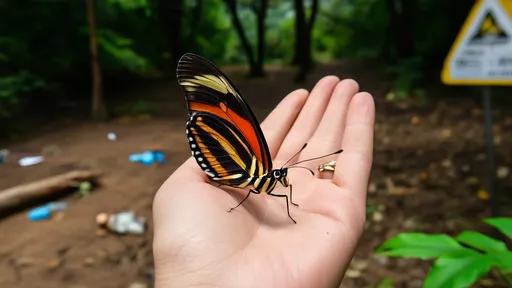
By /Aug 4, 2025

By /Aug 4, 2025
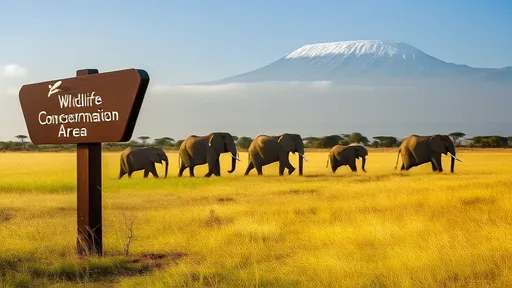
By /Aug 4, 2025
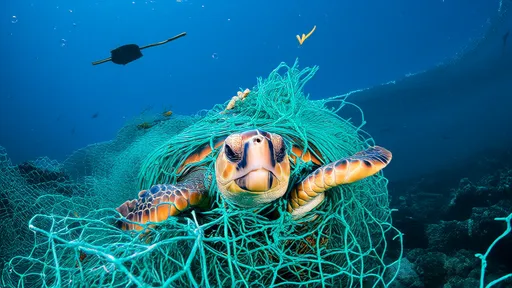
By /Aug 4, 2025

By /Aug 4, 2025
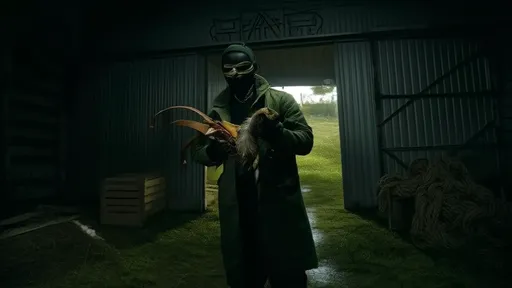
By /Aug 4, 2025
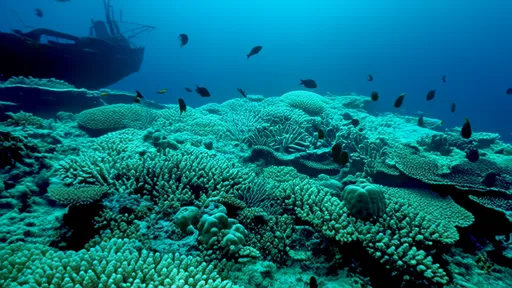
By /Aug 4, 2025
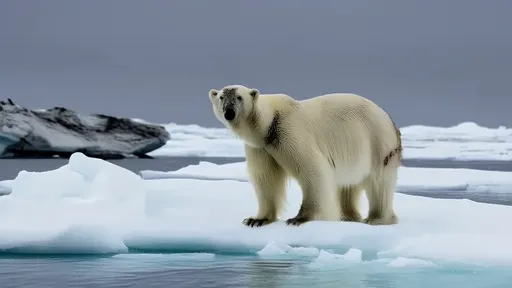
By /Aug 4, 2025